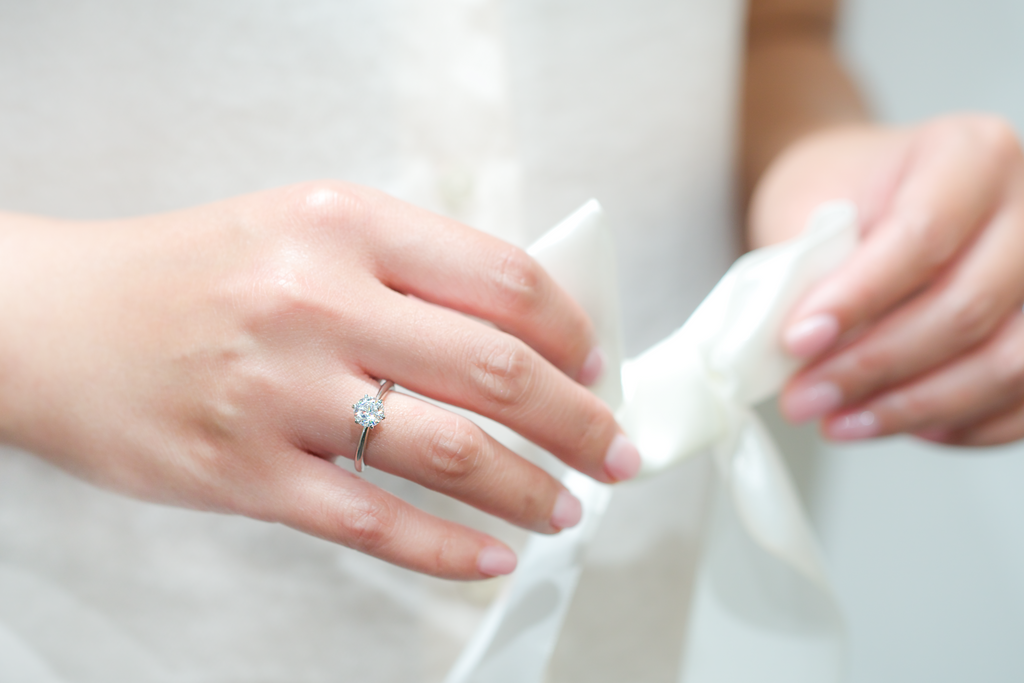Lab grown diamond rings have garnered immense popularity in recent years, offering consumers an ethical, environmentally friendly, and cost-effective alternative to traditional mined diamonds. However, while the focus often lies on the diamond itself, the setting plays a crucial role in enhancing the overall beauty and durability of the ring. Amongst various setting elements, claws hold significant importance. In this article, we delve into the world of claws for lab grown diamond rings, exploring their functions, designs, and why they matter in your jewelry selection journey.
Table of Contents
Introduction
What are Lab-Grown Diamond Rings?
Lab-grown diamonds are precisely what they sound like lab created diamonds in a controlled laboratory environment rather than mined from the earth. These diamonds possess the same physical, chemical, and optical properties as natural diamonds, offering a sustainable and conflict-free alternative for conscientious consumers.
Advantages of Lab-Grown Diamond Rings
In addition to ethical considerations, lab-grown diamond rings boast several advantages over their mined counterparts.
Ethical and Environmental Benefits
Lab-grown diamonds eliminate the ethical concerns associated with traditional diamond mining, such as environmental destruction and labor exploitation. By opting for a lab-grown diamond ring, you contribute to a more sustainable and socially responsible jewelry industry.
Cost-Effectiveness
Lab-grown diamonds typically cost 20-40% less than mined diamonds of comparable quality. This affordability allows you to invest in a larger or higher-quality stone without breaking the bank, making lab-grown diamond rings an attractive option for budget-conscious consumers.
Quality and Durability
Contrary to misconceptions, lab-grown diamonds exhibit exceptional quality and durability. They are chemically identical to natural diamonds and undergo the same stringent grading processes, ensuring that your lab-grown diamond ring sparkles with brilliance for years to come.
Understanding Claws in Ring Settings
Claws, also known as prongs, are the metal projections that secure the diamond in place within the ring setting. While seemingly small, these tiny components play a crucial role in both the aesthetics and functionality of the ring.
Function of Claws
The primary function of claws is to hold the diamond securely in place while allowing maximum exposure of the stone to light. This positioning enhances the diamond’s brilliance and fire, maximizing its visual impact.
Types of Claw Settings
Claws come in various designs, each offering unique advantages in terms of security and aesthetics. The three most common types of claw settings are prong settings, bezel settings, and tension settings.
Why Claws Matter for Lab-Grown Diamond Rings
The choice of claw setting significantly impacts the overall appearance and security of your lab-grown diamond ring.
Security of the Stone
Properly designed claws ensure that the diamond remains firmly in place, reducing the risk of it becoming loose or falling out. This not only safeguards your investment but also minimizes the likelihood of damage to the stone.
Showcase of the Diamond
Well-crafted claws allow ample light to enter the diamond from all angles, maximizing its brilliance and sparkle. The strategic positioning of the claws enhances the diamond’s visual appeal, making it the focal point of the ring.
Different Claw Designs for Lab-Grown Diamond Rings
The choice of claw design depends on personal preference, diamond shape, and lifestyle factors.
Prong Settings
Prong settings feature small metal claws that hold the diamond securely in place while exposing a significant portion of the stone’s surface. This design allows for maximum light penetration, accentuating the diamond’s brilliance.
Bezel Settings
Bezel settings entail encircling the diamond with a metal rim, securing it in place while providing added protection against chips and scratches. This design is ideal for individuals with active lifestyles or those seeking a sleek, modern aesthetic.
Tension Settings
Tension settings utilize the natural tension of the metal to hold the diamond in place without the need for traditional claws or prongs. This innovative design creates the illusion of the diamond floating within the setting, offering a contemporary and minimalist look.
Choosing the Right Claw Design
When selecting a claw design for your claws for lab grown diamond rings, several factors come into play.
Consideration of Diamond Shape
Different diamond shapes may require specific claw designs to ensure a secure and aesthetically pleasing fit. For instance, round brilliant diamonds often pair well with classic prong settings, while fancy-shaped diamonds may benefit from bezel or tension settings to accentuate their unique contours.
Lifestyle and Preferences
Your lifestyle and personal preferences should also influence your choice of claw design. If you lead an active lifestyle or work with your hands frequently, a secure setting such as bezel or tension may be more suitable. Conversely, if you prefer a more traditional and timeless look, classic prong settings may be the way to go.
Maintenance and Care of Claw Settings
To ensure the longevity and beauty of your claws for lab grown diamond rings, proper maintenance and care of the claw setting are essential.
Regular Inspections
Periodically inspect the claws for any signs of wear or damage, such as bending or loosening. Promptly address any issues by consulting with a professional jeweler to prevent further damage to the diamond.
Cleaning Techniques
Clean your lab-grown diamond ring regularly using mild soap, warm water, and a soft-bristled brush. Gently scrub the claws to remove any dirt or debris that may accumulate over time, restoring their luster and shine.
Popular Trends in Claw Designs
The world of jewelry is ever-evolving, with new trends emerging regularly in claw designs.
Vintage-inspired Claws
Vintage-inspired claw settings, characterized by intricate detailing and ornate designs, have experienced a resurgence in popularity. These timeless designs evoke a sense of nostalgia while adding a touch of sophistication to any lab-grown diamond ring.
